Every four years, Americans rediscover the 538-member Electoral College, the convoluted mechanism that the Constitution (Article II, section 1 and Amendment XII ), federal statutes, and state laws prescribe for selecting the president. Electors rarely appear on ballots, but when voters pull the lever for president and vice president, they are actually voting to authorize competing slates of electors who will cast the official votes at a later date. The founders envisioned electors as free agents, selected by the voters to be what Alexander Hamilton described in Federalist 68 as “men most capable of analyzing” presidential candidates. Over the years most have forgotten that electors are actual people, and the Founders’ vision has morphed almost uniformly into 538 party-selected, faceless robots.
Following the November popular vote, each state formally designates its electors, specifically those electors selected by the political party of—and pledged to vote for—the state’s popular vote-winning candidate. In December those electors meet in each state to cast their official electoral votes, which the states send to Washington for January’s official tally. The winning side in all but Maine and Nebraska gets all the state’s electoral votes regardless of the popular vote division. The House of Representatives decides presidential elections if there is no Electoral College majority (most recently in 1824), although the 1876 election was resolved by horse trading after a special commission ended voting disputes.
Today’s electors pledge to vote faithfully for their party’s candidate. American history has seen a handful of faithless electors—156 by one count—who vote for someone other than that candidate. Faithless electors have never changed an election outcome. But in this chaotic election year, their potential to disrupt the presidential election may loom larger. As a further twist, state legislatures in battleground states might try to replace state-certified electors with alternative slates of faithless-elector equivalents.
Reasonable people debate the Electoral College’s winner-take-all assignment of electors and slight small-state favoritism (every state gets two electoral votes, regardless of size, plus its number of House members). But only some tricorn hat society would defend using human-being electors. Absent the constitutional mandate, states could simply certify the popular vote and transmit the electoral vote to Washington.
The Constitution, though, requires electors to be people. To constrain their behavior, the District of Columbia and over 30 states have laws requiring electors to vote faithfully for their party’s winning candidate. Around 20 states also have laws to replace faithless electors or penalize them for violating their pledge. The Supreme Court upheld a faithful elector requirement in 1952. In 2020 it upheld two state laws imposing sanctions on faithless electors—in both cases because the Constitution authorizes states to appoint electors “in such a manner as the legislature . . . may direct.”
These decisions, though, hardly ensure smooth faithless-elector sailing in 2020. What could go wrong? Plenty if there is no clear-cut winner. The presence of a highly polarized electorate and an unconventional president have given rise to many scenarios that take the election past November and into the House of Representatives. Disputes in the states will get arcane fast, owing to state law variations, most states’ lack of faithless-elector sanctions, and state legislatures and executive officials’ uneven commitments to enforcing what laws there are. Supreme Court precedents are subject to interpretation, and government officials might try to settle the election before judicial processes conclude.
The United States Code in Title 3, Chapter 1 sets out this election’s presumptive Electoral College timetable. Any of these dates could be faithless elector flashpoints.
By December 8: State executives are to resolve disputes over, and designate, their state’s electors (those named by the party whose candidates won the state’s popular vote) by sending a “certificate of … ascertainment” to the U.S. Archivist.
According to various scenarios, however, leaders of several swing-state, Republican-majority legislatures, using their federal constitutional authority, might appoint separate slates of electors, thereby setting up conflicts with the presumptively faithful electors certified by state executive authorities. This could happen in key states like Pennsylvania, where the governor is a Democrat but the legislature is controlled by Republicans. Legislatures might claim, for example, a fraud-riven popular vote that renders the state-certified electors unrepresentative of the legitimate popular vote. Or they might claim that the vote count is proceeding too slowly to allow the state to meet the December deadlines. Court battles would no doubt ensue—see Bush v. Gore (2000).
On December 14: The states’ designated slates of electors (which, as noted might not be clear in some states), meet in their respective state capitals to cast the official votes that elect the president.
Even if a state’s winning candidate is clear and his or her electors certified, the electors themselves may violate their pledges to vote for that candidate. In an Electoral College blowout, faithless electors will not matter. If the apparent vote is close—even tied at 269-269, which isn’t impossible—faithless electors could matter greatly.
At least since 1920, electoral vote margins have mostly been sufficient to prevent a few faithless electors from depriving the Electoral College winner of a majority. Today, that number is at least 270 electoral votes—538/2 + 1. In seven elections, however, the winner’s Electoral College votes were less than 40 over the bare majority and in three they were less than 30. In three of those years (1948, 1960, and 1968) third parties got electoral votes, but in 1976, 2004, and especially 2016, faithless electors affected the final tally but didn’t affect the outcome.
| Winner | Loser | Other | Total | Winner’s margin over bare majority | |
| 1948 | 303 (Truman) | 189 | 39 * (Thurmond) | 531 | 38 |
| 1960 | 303 (Kennedy) | 219 | 15 § ( Byrd) | 537 | 35 |
| 1968 | 301 (Nixon) | 191 | 46 * (Wallace) | 538 | 32 |
| 1976 | 297 (Carter) | 240 | 1 x | 538 | 28 |
| 2000 | 271 (Bush) | 266 | 537# | 3 | |
| 2004 | 286 (Bush) | 251 | 1 x | 538 | 17 |
| 2016 | 304 (Trump) | 227 | 7 x | 538 | 35 |
* Third party
x Faithless electors
# One abstention
§ Senator Harry Byrd was not a declared candidate but several unpledged and faithless electors from Southern states voted for him (C. Herman Pritchett, The American Constitution 314 (2d ed., 1968).
In 2020, a more robust faithless elector presence, in a close Electoral College vote—catalyzed by a super-polarized environment—could change the apparent winner or send the election to the House of Representatives. With those possibilities, on the other hand, party leaders would become much more aggressive in policing or seeking to replace faithless electors. And, again, time-consuming court battles would ensue.
Faithless electors sometimes make idiosyncratic votes, but they also make strategic votes to try to push the election into the House of Representatives, as seen in the two disputes that led to this summer’s Supreme Court faithless elector decision.
In Washington state, as the Supreme Court summarized it, three Democratic-party electors who had pledged to vote for Hillary Clinton voted instead for Colin Powell. In Colorado, a Democratic elector voted for former Ohio Republican governor John Kasich.
Their strategy was to encourage enough electors pledged to Donald Trump in other states to become similarly faithless and thus deprive Trump an Electoral College majority. But only seven electors across the country followed suit. The three Washington faithless electors incurred $1,000 fines under a provision since replaced with one allowing the removal and replacement of faithless electors. The Colorado secretary of state replaced the Kasich elector with one who voted for Clinton. The replaced elector and two others who wanted to vote for Kasich alleged a violation of their right to cast their electoral votes as they preferred.
Similar skirmishes and variations on them might play out this year, albeit with greater numbers of electors willing to go rogue and in multiple states under their own statutes with ensuing court challenges.
By December 23: States are to send their electoral votes to the president of the Senate ( i.e., Vice President Pence).
This assumes, however, that by this point each state has an agreed-upon slate of electors—including having replaced faithless electors or accepted them.
On January 6: With the vice president presiding, the electoral votes are tallied before the newly convened Senate and House of Representatives, and a president-elect certified—assuming a candidate gets an Electoral College majority of at least 270.
How battles over competing slates of electors would play out during the tally could depend in part on which party controls the newly seated House and Senate. Divided government could produce challenges to Pence’s decisions as to which competing slates of electors to accept.
In the end, faithless elector disputes are unlikely to upset this presidential election. Then again, this election cycle has redefined “unlikely.”
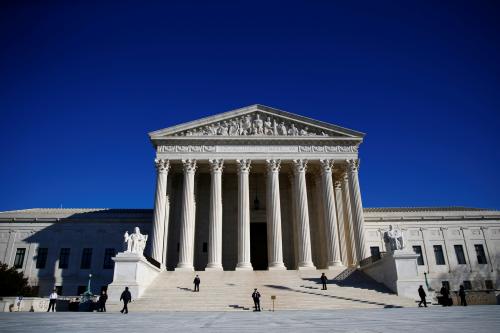
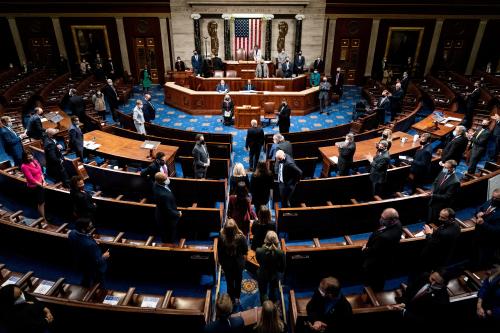
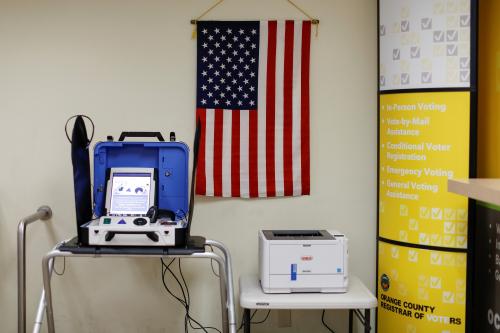

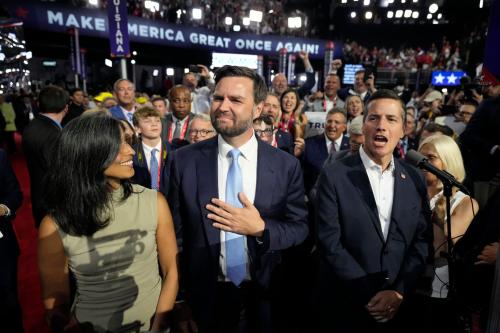
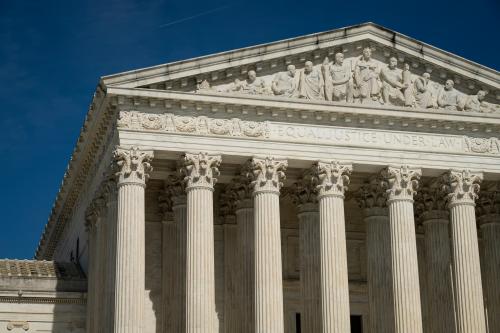
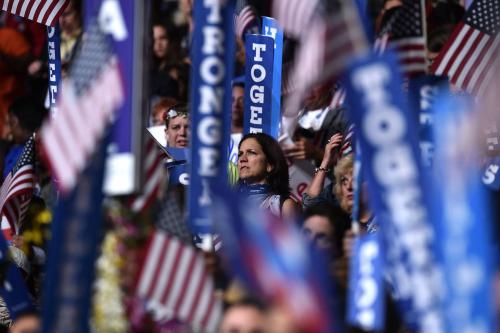
Commentary
Can the Electoral College be subverted by “faithless electors”?
October 21, 2020